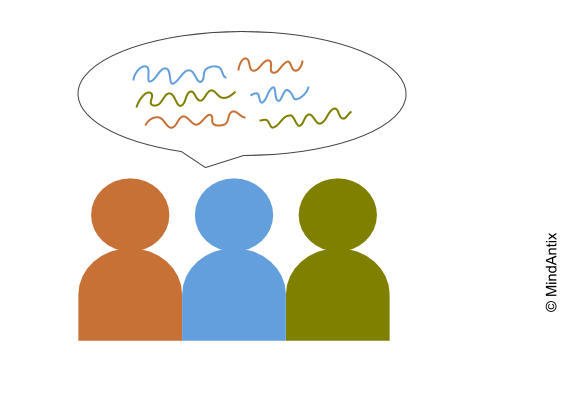After decades of living in near obscurity, Einstein published his theory of general relativity a little over a century ago. He had toiled away for years on those problems, and when he finally figured out his theory, the rewards and recognition that followed completely changed his life.
But did he really deserve all the accolades? Many of his ideas were fleshed out through regular discussions with his long time friends, Grossman and Besso. Grossman, in particular, was a gifted mathematician who helped Einstein at crucial points. So was Einstein really a lone genius or just a smart collaborator?
The answer is both. Einstein was both a lone genius and a smart collaborator. While he relied on his collaborators for solving some key parts, he also provided the insights and ideas that led to the theories. Removing any of the two elements would have resulted in failure.
All significant creative accomplishments are the product of both individual excellence and fruitful collaborations. And as the problems and challenges we face become more complex, the importance of collaboration is only going to increase.
However, collaboration is not easy. For instance, several studies have found that group brainstorming is less effective than individual brainstorming. The challenges that get in the way of productive group work include social loafing, evaluation apprehension and production blocking.
So the real challenge in creative problem solving, is finding ways to balance both individual and group work. Given the challenges involved in group work, here are some tips to improve the quality of collaboration:
Interleave Solo and Group Work
One way to improve the creativity in a collaborative setting is to allow for both individual and group times in the problem solving process. Asking students to think of ideas before presenting to the group avoids the problem of production blocking in the group setting. During the group session, ideas can be pooled and combined, and if followed by another solo session where everyone gets a chance to reflect on the results, the outcome can be much better than either solo or group work.
Additionally, some kinds of tasks are better suited for individual or group settings. For example, solo work in the initial ideation phase produces better results whereas evaluating ideas as a group is more effective than evaluating individually.
Assign Clear Roles
Collaborative work also works better when team members have complementary roles that all contribute to the bigger task. Team members are more prone to social loafing when they all work on the same task but when each team member had a separate task, they are more motivated to do their share. These results were true even when team members knew that their individual work is not going to be identified in the task.
Increase Attention To Group Ideas
The advantage of collaboration from a creativity perspective comes from being able to combine different ideas in new ways, which is a cognitively demanding task. Simply sharing each others’ ideas in a group setting does not help as much. However, allocating time to listen to different ideas and asking students to reflect on all group ideas, with the intent to find ways to integrate multiple ideas can improve the overall creativity of the group. Having a more diverse group also helps in this case, as each person brings a different perspective to the table all of which could potentially be combined in interesting ways.
Creativity requires both individual and group work to flourish. Truly creative ideas might start with an individual but really take wings when they meet other ideas and perspectives. Students need to build skills for both working independently and collaboratively, in a way that produces better solutions and learning.





